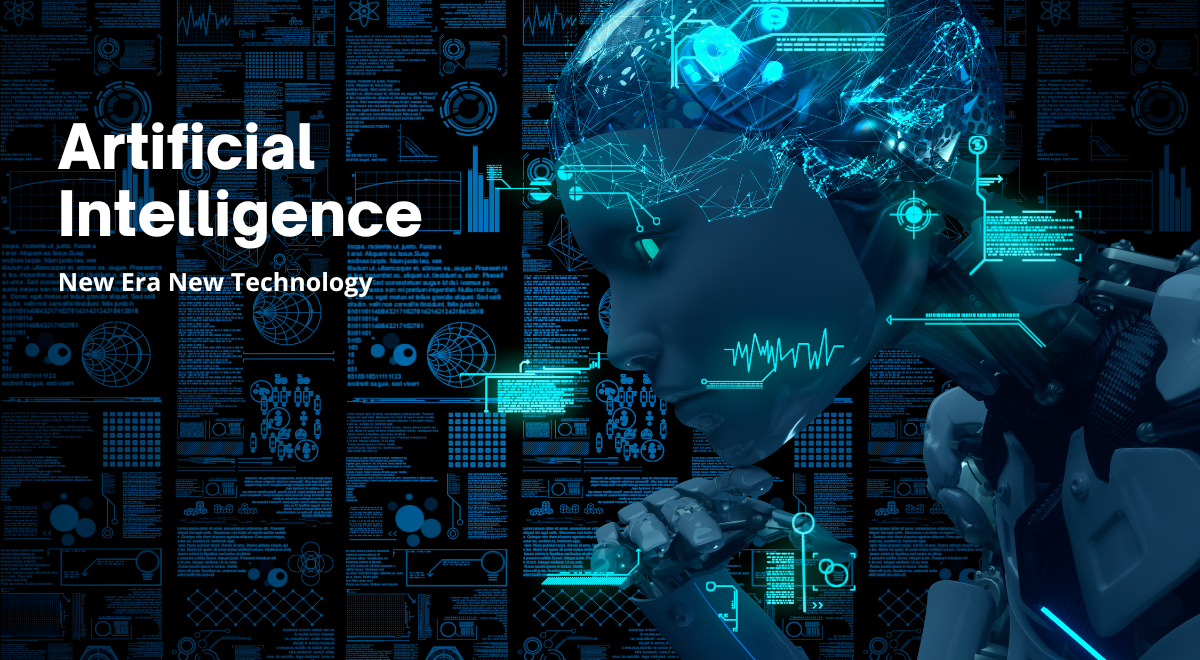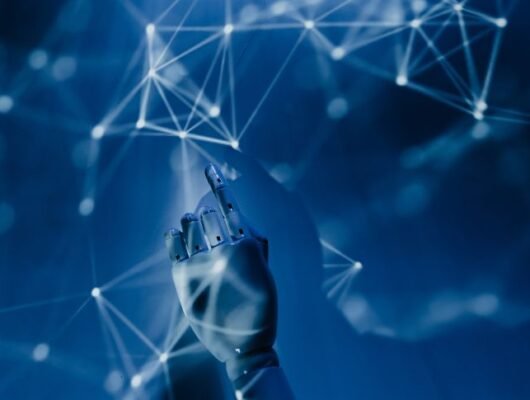The incorporation of Artificial Intelligence (AI) into the domains of art and design signifies a groundbreaking transformation in our perception and engagement with creation. Nevertheless, this technical progress carries a range of ethical ramifications that necessitate meticulous deliberation. In the current age of creative AI, it is essential to comprehend its influence on art, design, and society.
Understanding Creative AI
Creative AI encompasses the utilisation of machine learning algorithms and neural networks to imitate, augment, or generate art and design. This encompasses a wide range of activities, such as creating original artworks and music, as well as developing novel goods and architectural designs. AI systems such as DALL·E, GPT-3, and their descendants have demonstrated the capacity to generate works that are progressively intricate and virtually indistinguishable from those produced by humans.
Ethical Implications
Authenticity and Originality
An area of significant concern pertains to the notions of originality and authenticity in the realm of art. Concerns arise regarding the true authorship of artwork generated by an AI, whether it be the algorithm itself, the algorithm’s developer, or the user who inputs the prompts. In creative domains, this challenges conventional notions of authorship and copyright.
Economic Impact on Artists
The potential cost reduction and expedited production of art by AI gives rise to apprehensions regarding its economic ramifications for human artists. Ongoing discourse concerns whether artificial intelligence (AI) will serve as an instrument to assist artists in their creative endeavours or substitute human creativity in specific domains, thereby causing employment displacement.
Bias and Representation
The level of bias in AI systems is directly influenced by the quality and fairness of the data used for their training. If the training data exhibits historical biases or lacks diversity, it is highly probable that the AI’s output will mirror similar concerns. This gives rise to ethical problems around the perpetuation of stereotypes and the lack of representation in AI-generated art and design.
In the symphony of creative AI, we must tune the instruments of ethics and innovation in harmony, ensuring the melody of human creativity flourishes amidst the echoes of artificial brilliance.
Creative AI in Art and Design
Notwithstanding these concerns, the utilisation of AI in art and design unveils a novel realm for creation. Artists and designers are utilising artificial intelligence (AI) to:
- Create innovative visual art by combining and merging various styles and techniques in unprecedented ways.
- Utilise AI algorithms to make music that emulates the style of great composers or invents totally new genres.
- Provide support in product and architectural design, delivering inventive solutions that harmonise aesthetics, usefulness, and sustainability.
Navigating the Ethical Landscape
Examining the ethical ramifications of creative AI entails:
- Creating explicit AI policies that elucidate matters of copyright and ownership.
- Ensuring the incorporation of diverse and inclusive datasets in AI training to avoid bias.
- Striking a balance between the involvement of AI in art and design, with the aim of enhancing human creativity rather than replacing it.
FAQs
Q: Can AI truly be creative?
A: While AI can generate art and design that appears creative, the debate continues on whether it possesses creativity or simply mimics human patterns and instructions.
Q: Who owns the rights to AI-generated artwork?
A: Copyright laws are evolving, but currently, it often falls to the person who initiated the AI’s creative process or the entity that owns the AI software.
Q: Will AI replace human artists and designers?
A: While AI will automate some tasks, it is more likely to act as a tool for human artists and designers, enhancing their capabilities rather than replacing them.
In a nutshell, the convergence of AI with art and design presents intriguing prospects for innovation while presenting substantial ethical quandaries. As we move forward, it will be crucial to carefully handle these problems, making sure that AI is used to enhance human creativity and cultural diversity rather than weaken them.


